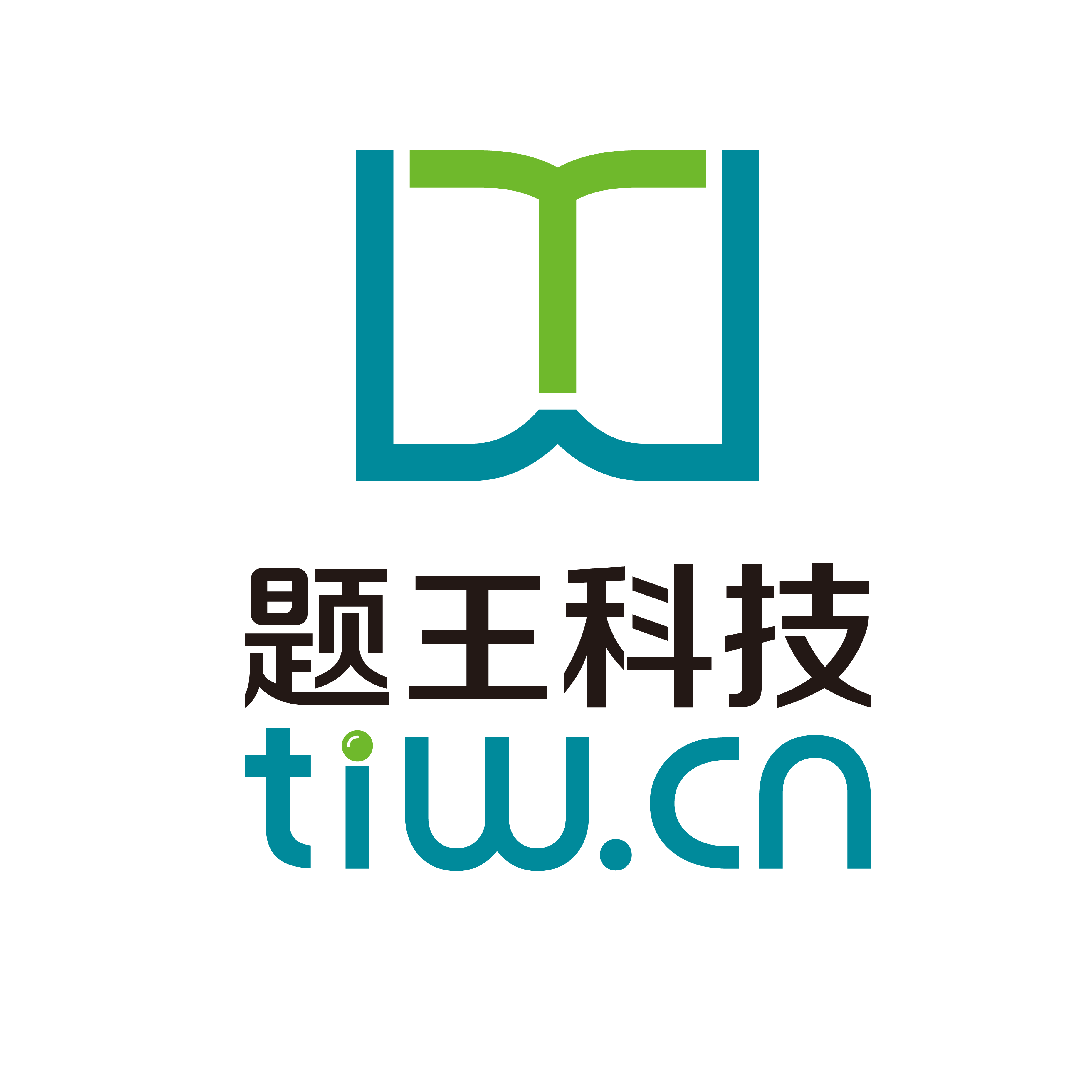此试题出现在
Tourism, Globalization and Sustainable Development Tourism is one of the fastest growing sectors of the global economy and developing countries are attempting to cash in on this expanding industry in an attempt to boost foreign investment and financial reserves. While conceding that the uncontrolled growth of this industry can result in serious environmental and social problems, the United Nations contends that such negative effects can be controlled and reduced. Before getting into the cold facts of global economics, let me begin with another story to warm up. I was perplexed when I recently read in the newspaper that Thailand’s forestry chief had said: “Humans can’t live in the forest because human beings aren’t animals. Unlike us, animals can adapt themselves to the wild or any environment naturally.” This was to legitimatize the government’s plan to remove hundreds of thousands of rural and hill tribe people from protected areas. This man, who is in charge of conserving the forests, is at the same time very strongly pushing to open up the country’s 81 national parks to outside investors and visitors in the name of “eco-tourism”. Can we conclude, then, that the forestry chief considers developers and tourists as animals that know how to adapt to the forest and behave in the wild naturally? While authorities want to stop the access to forest lands and natural resources of village people, another group of people—namely tourism developers and tourists with lots of money to spend—are set to gain access to the area. While authorities believe that local people, who have often lived in the area for generations, are not capable of managing and conserving their land and natural resources—under a community forestry scheme for example—they believe they themselves in cooperation with the tourist industry can properly manage and conserve “nature” under a national eco-tourism plan. Taking the above quote seriously, cynics may be tempted to say there is obviously a gap between “human rights” and “animal rights”. How is this story linked to globalization? First of all, that humans cannot live in the forest is—of course—not a Thai concept. It is a notion of Western conservation ideology—an outcome of the globalization of ideas and perceptions. Likewise, that eco-tourism under a “good management” system is beneficial to local people and nature is also a Western concept that is being globalized. In fact, Thailand’s forestry chief thinks globally and acts locally. A lesson that can be learned from this is that the slogan “Think Globally, Act Locally” that the environmental movements have promoted all the years, has not necessarily served to preserve the environment and safeguard local communities’ rights, but has been co-opted and distorted by official agencies and private industries for profit-making purposes. The tourism industry is demonstrating this all too well Many developing countries, facing debt burdens and worsening trade terms, have turned to tourism promotion in the hope that it brings foreign exchange and investment. Simultaneously, leading international agencies such as the World Bank, United Nations agencies and business organizations like the Word Travel & Tourism Council (WTTC) have been substantially involved to make tourism a truly global industry. However, tourism in developing countries is often viewed by critics as an extension of former colonial conditions because from the very beginning, it has benefited from international economic relationships that structurally favor the advanced capitalist countries in the North. Unequal trading relationships, dependence on foreign interests, and the division of labor have relegated poor countries in the South to becoming tourism recipients and affluent countries in the North to the position of tourism generators, with the latter enjoying the freedom from having to pay the price for the meanwhile well-known negative impacts in destinations.
康达智能电源屏的“系统供电DC24V”输出端子,主要是供给()使用。
安全带的正确使用:安全带要(),防止摆动碰撞。使用()以上长绳应加装缓冲器,自锁钩用吊绳例外。
什么是浮充充电?
解释下列概念:数据终端设备。数据通信设备。
商检机构根据便利对外贸易的需要,可以按照国家规定对列入目录的出口商品进行出厂前的()。
稳定同位素
GPON的T-CONT分为5种业务类型,不同类型的T-CONT具有不同的带宽分配方式,可以满足不同业务流对时延、抖动、丢包率等不同的QoS要求T-CONT类型3的特点是()
某血站在一次献血活动中,102人中A型31人,B型28人,O型39人,AB型4人,这种分类资料称为()
男性,35岁。3d前遇雨淋透衣衫。昨起畏寒高热,咳嗽,以干咳为主,偶见带铁锈色黄痰,伴右侧胸痛就诊。体检:急性病容,体温38.9℃。右上肺叩实,闻及支气管呼吸音。心率102次/分,律齐,心音强。该病例最可能的诊断是()
暂无相关推荐~





